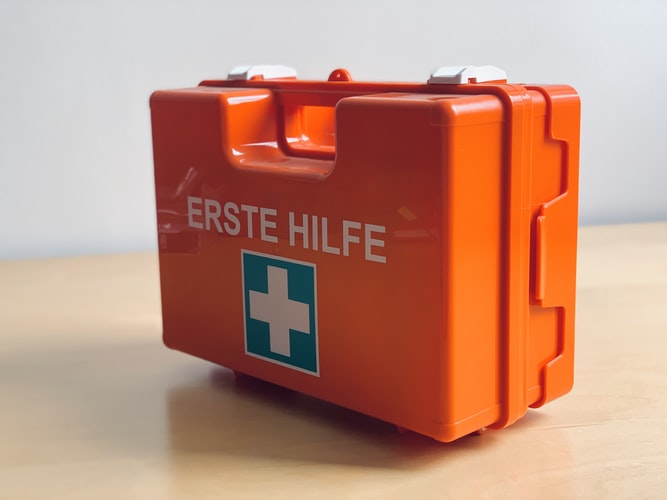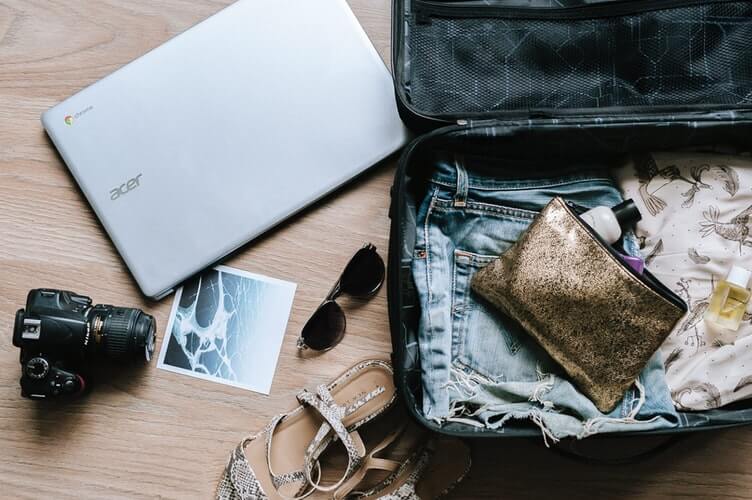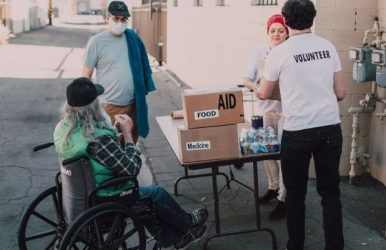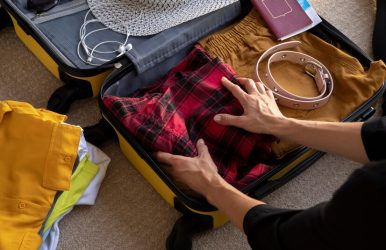Why Sunglasses Are Necessary For Various Outdoor Adventures?
BY Abdul Aziz May 16, 2023
Summer is fast approaching. You need an appropriate pair of shades to prepare for outdoor adventures. The ideal sunglasses should bring the perfect vision for you. Choosing the best adventure sunglasses will give you satisfaction on your journey. Your sunglasses should protect from eye strain and light flares. With that feature, you can prevent headaches from eye fatigue. This will protect your eyes from prolonged exposure to the sun. This article will show you sunglasses that will protect your eyes and suit your activity. Not only does it give protection, but it also gives a good look while on the run. Consider these sunglasses an essential part of your summer adventure. You might need to upgrade your prescription sports sunglasses after reading this. Travel Adventure When wandering on an endless road, make your best memory with a pair of retro sunglasses. The best travel sunglasses should have an anti-scratch feature, polarized lenses, and durable frames. Fordable shades, so they are easy to get on and fold away when you need them. Also, ensure those sports prescription glasses have excellent quality and strength when protecting your eyes. Picking up suitable sunglasses for your travel needs is quite tricky. Check on these features to consider when buying sunglasses for traveling. Frames should be durable. Traveling makes your glasses prone to falling. The durability of your shades will comply with this need. You can also choose excellent-quality rectangular-shaped glasses. For sure, you will meet lots of people when traveling. It makes sense if you choose stylish matte shades to express your style. Rectangular shades can make your face stand out—a good fit for facial features and narrow eyes. Shades that are featured UV ray protection are also a must since you will surely encounter the sun’s heat on your travels. These glasses help you reserve your energy from the tiredness provided by the sunny weather. A pair of polarized, high-quality shades with built-in tapered lens technology is a must. The lens comes with an anti-reflection feature. This is a good choice when you are looking to improve your lenses. Water Sports Everybody loves water sports such as surfing, kitesurfing, wakeboarding, paddle boarding, or kayaking. With this sport, you are most likely exposed to the sun’s heat for hours. Water sports enthusiasts have exposure to salt water and sunlight. Even harsh winds hit their faces. This exposure will lead to eye sunburns. Also, exposure to UV rays damages your eyes over time, which can lead to cataracts or severe eye problems. Wearing sunglasses can lessen your eye fatigue from sunlight and water splashes. Be careful because some sunglasses need to work better for watersports. That is because some lenses break easily during hard impacts. Some are due to fog and are quick to blur your vision. Others because of unclear vision from the lenses. Here are suggestions on which type of appropriate sunglasses to use. Given that you have lots of water sports activities in mind. Be careful because some sunglasses need to work better for watersports. That is because some lenses break easily during hard impacts. Some are due to fog and are quick to blur your vision. Others because of unclear vision from the lenses. Here are suggestions on which type of appropriate sunglasses to use. Given that you have lots of water sports activities in mind. For Surfing The best fit for surfing glasses comes with the capability to absorb or endure the impact. One that is immovable from your head during wipeouts. Surfers keep paddling through waves. The sunglasses must not be uncomfortable or painful if pressed against your face. Check your sports prescription goggles to see if they suit your needs. For Kitesurfing Your face is above the water all the time during a kitesurfing activity. Your sunglasses for this sport should protect your eyes from fog and water spray. A vital feature of glasses for kitesurfing is that they should have visual clarity from the sun. You need to have a clear look at the buoys, rocks, floating debris, waves, and other kite surfers. For Wakeboarding The important feature of a wakeboard sunglass is its ability to withstand impact. This type of sunglasses should be able to endure crashes at high speed. This must keep your face and eyes safe in any situation. Like other water sports activities, wakeboarding glasses must resist fog and water spray. It should also provide a clear vision of the waves when doing exhibitions. For Paddleboarding You may need regular sunglasses while paddling on flat water. This activity has very little chance of you getting sucked into the water. You need sunglasses that are fog resistant, protect from sun rays, and have quality lenses. It should also develop a better retention system that could float on water. For Kayaking Kayaking is as simple as sitting low on the water. This increases the chance of your eyes getting exposed to sun rays. If you are kayaking in a rough river or seawater, you'll get sprayed on your eyes. The best sunglasses for kayaking must be splash-resistant and UV-free. It should also have hydrophobic protection to let the water slip away from your lenses. Mountain Hiking There's so much to enjoy about outdoor adventures like hiking. Protect your eyes while camping in the forest or hiking in the mountains. Use sunglasses that have UV-ray protection and a high-visibility feature. A decent pair of glasses for hiking should have lightweight and curved lenses. That must have excellent marginal protection from the sun's rays, debris, and wind. For Running The best-running sunglasses should enhance vision and depth perception. That could lessen the possible blind spots on the trail. Your glasses should be suitable for your face. Also, it should have curves to see the striking rays of sunlight. Other sunglasses for running have tinted. Runners can have a good vision of their environment. These glasses have flexible materials, should be lightweight, and fit well. You will need high-quality sunglasses for running. Below are a few of the most important features you should consider for running sunglass. Glasses with taller lenses that are customizable provide a better look at the upper peripheral part of your vision. Some quality shades with wide frames and taller lenses are built with lighter weight. This type of running sunglasses is best suited for men. One of the best running sunglasses for women comes with exchangeable lenses in more flexible designs. The lenses and frame structure should be free from extreme cuts and severe angles. These glasses' aesthetics could be more masculine, making them suitable for female runners. Its simplicity doesn't mean it misses the essential features runners need. Its protection from sunlight provides better vision on the road or trail. You might also want an interchangeable and bigger lens, which works great on the road or trail. Conclusion Now, you are going on an outdoor adventure this summer. Get your eyes looking fantastic and protected. Sunglasses contribute to making your activities look and feel better. Specialized sunglasses can offer great comfort. It doesn't matter if you are doing extreme sports or tanning on the beach. Investing in your protection and comfort with appropriate glasses is always best. Read Also: Planning A Beach Holiday In 2023? Here Are 5 Things To Buy In Advance 7 Creative Truck Cap Camping Ideas To Use In Jungle Adventures 6 Outdoor Activities You Can Have In Arizona














